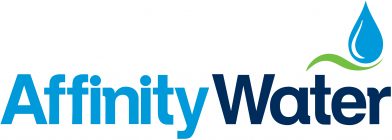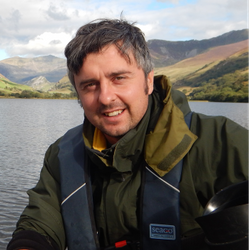Soil and Water

Less than 1% of the worlds water is available freshwater. 1% is all we have on the planet to meet the needs of 7.7 billion of us, grow our crops and sustain terrestrial life on earth. Water is a precious resource, as is the soil. 95% of the food we eat comes from the soil and we’re losing much of this at a faster rate than it can be replaced, much of it washed away into the vital 1% of freshwater that we all rely on.
The need for change in how we manage our soils and water resources is clear; and a close working relationship between farmers and water companies is key to helping us achieve this. The water catchment, and all the land that it drains, is a water company’s most valuable asset. Investing in our catchments is essential to secure the long-term sustainability of our water resources and the wider environment.
Whether you farm on the banks of the Thames or the tops of the Downs, every piece of land, every farm in this country (and in fact the world) sits within a water catchment. Not every water catchment in the UK is used for public water supply, but those that are can be dominated by agricultural land. Therefore, what happens on farms and in the field is of interest to us in the water industry and we want to help farmers make positive choices for their farm business and the water environment.
By visiting Groundswell, it’s clear you are interested in soil health and value your most valuable asset, the soil. Although difficult to measure, improving soil health is something you are working towards and see value in. What impresses me about no-till farmers is not only the desire to improve soil health but also the innovative ways many of you are farming. Innovation such as reducing inputs, trialling companion cropping and introducing novel crops into your rotations are a few examples. Many of these innovations will contribute towards a sustainable, resilient farm business but can also help the water environment by reducing soil run-off and losses of inputs to water such as pesticides and nutrients, put simply: healthy soil = healthy water.
The soil is the interface between the rain that falls from the sky and the rivers and groundwaters that rely on rainfall for their function. As an industry we are completely reliant on rainfall. We can’t affect how much water falls from the sky but the next best thing we can influence is the soil that covers our catchments. It is generally acknowledged that no-till soils have better water infiltration than a tilled soil, therefore if a greater area of arable land in our catchments was under no-till then we have greater potential for water recharge into our aquifers. This is something we plan to research in the coming years.
Groundswell fills me with immense optimism and highlights the opportunities that soils offer you as a farmer, but also wider society and the environment. There are many challenges ahead with increasing carbon dioxide emissions, climate change, water stress, growing populations and declining biodiversity. Conservation agriculture offers, in its small but not insignificant way, the chance to restore degraded soils, tackle climate change, protect water, feed the world and enhance biodiversity. This is why all of us at Affinity Water are excited by Groundswell and are once again proud to be headline sponsors of this hugely enjoyable, thought-provoking and positive event.
We hope you have an enjoyable two days and please do come and visit me, and others in the team, at the Affinity Water Catchment Hub.
By Shaun Dowman, Agricultural Advisor, Affinity Water
